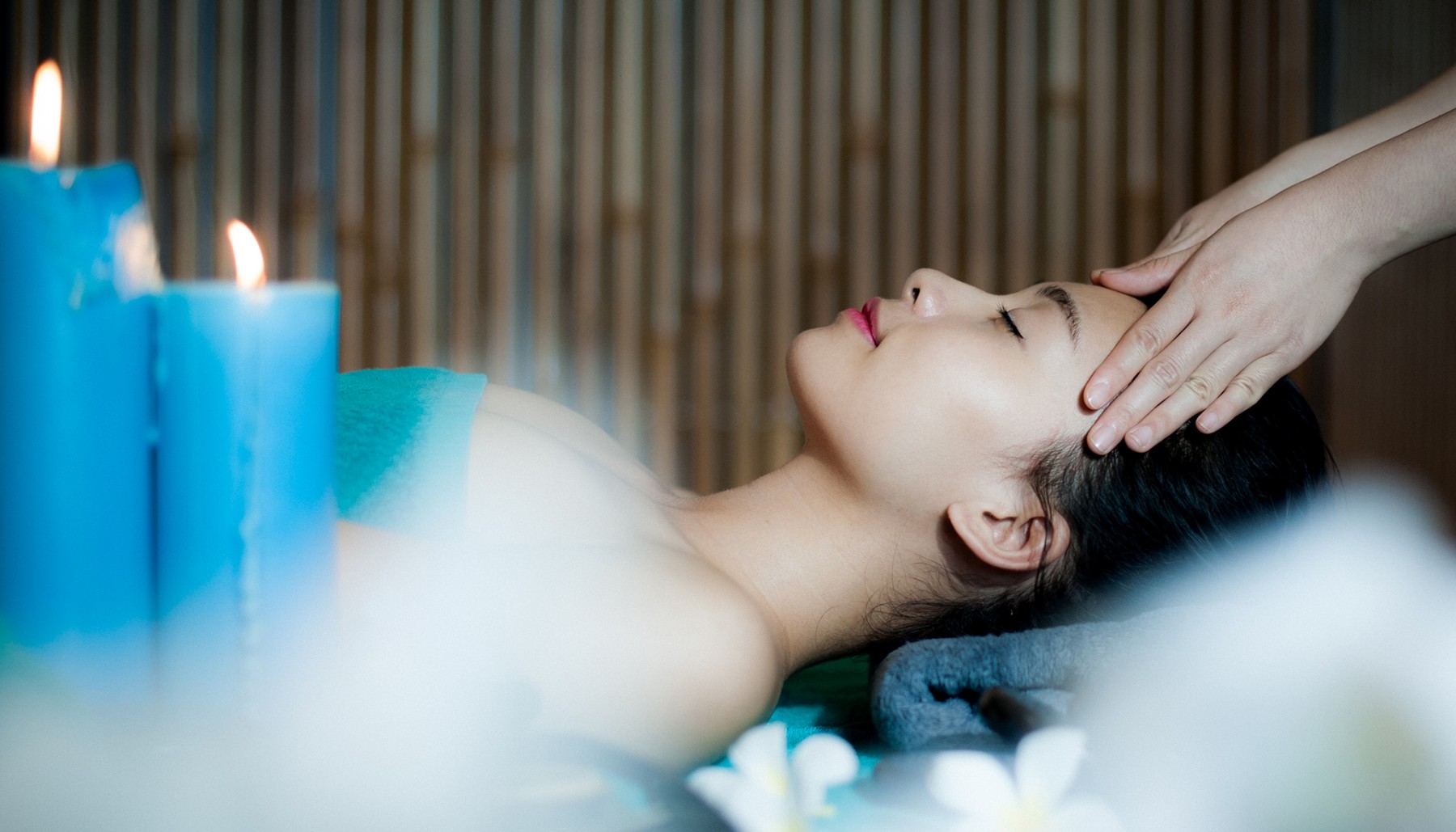
Reflexology, an ancient recovery method that has stood the test of time, continues to captivate the minds and soles of people worldwide. This holistic therapy is based on the principle that details factors on the feet, hands, and ears match to different body organs and systems within the body. By applying pressure to these points, experts intend to promote recovery, soothe tension, and restore balance to the body.
The Origins of Reflexology
While the exact beginnings of reflexology are discussed, proof suggests that similar techniques have existed for hundreds of years throughout various societies. Ancient Egyptian burial places show what seems foot massage therapies, while traditional Chinese medication has long recognized the interconnectedness of different body components. The modern technique of reflexology, however, was created in the very early 20th century by Dr. William Fitzgerald and later on fine-tuned by Eunice Ingham, often referred to as the “mother of reflexology.”
Exactly How Reflexology Works
The basic concept behind reflexology is that the body is separated right into 10 vertical zones, each corresponding to various body organs and body parts. By using stress to specific factors within these zones, reflexologists believe they can influence the matching locations of the body. The suggestions of the toes are assumed to correspond to the head, while the sphere of the foot is associated with the breast and lung area.
Potential Benefits of Reflexology
Advocates of reflexology claim a wide range of advantages, including:
Tension decrease and relaxation
Improved blood circulation
Improved body immune system function
Pain alleviation, particularly for migraines and headaches
Enhanced sleep high quality
Alleviation of digestion problems
While scientific study on reflexology is recurring, numerous people report substantial renovations in their overall well-being after getting therapies. It’s important to keep in mind that reflexology is typically thought about a corresponding therapy and needs to not change traditional healthcare.
What to Expect During a Reflexology Session
A normal reflexology session lasts between 30 to 60 mins. The reflexologist will certainly begin by analyzing your feet before using pressure to specific factors.
Self-Reflexology Techniques
While professional sessions can be useful, you can additionally practice some basic reflexology techniques in your home. Here are 錦糸町 to attempt:
Foot rolling: Roll a tennis ball or specialized reflexology round under your foot for a few minutes daily.
Thumb strolling: Use your thumb to “stroll” along the soles of your feet, using stress as you go.
Hand reflexology: Apply pressure to the center of your palm utilizing your thumb from the contrary hand.
Incorporating Reflexology right into Your Wellness Routine
Just like any new health and wellness method, it’s necessary to come close to reflexology with an open mind and sensible expectations. While it might not be a magic bullet, many find that regular reflexology sessions or self-practice can be a valuable addition to their general health routine. Whether you’re looking for stress relief, pain monitoring, or merely a minute of leisure, reflexology supplies an one-of-a-kind approach to nurturing your mind and body.
Remember, if you have any kind of wellness issues or are expectant, it’s always best to seek advice from your medical care company before beginning any kind of brand-new treatment, consisting of reflexology. With its gentle strategy and potential for advertising total wellness, reflexology remains to be a preferred option for those looking for an all-natural, alternative method to health and wellness and wellness.
While the specific beginnings of reflexology are disputed, proof recommends that similar techniques have actually existed for thousands of years throughout numerous cultures. The modern-day practice of reflexology, nonetheless, was developed in the early 20th century by Dr. William Fitzgerald and later improved by Eunice Ingham, frequently referred to as the “mom of reflexology.”
The fundamental idea behind reflexology is that the body is separated right into ten upright zones, each corresponding to different organs and body parts. As with any type of new health method, it’s necessary to approach reflexology with an open mind and sensible assumptions. Whether you’re looking for stress relief, pain administration, or merely a moment of leisure, reflexology provides a distinct strategy to nurturing your body and mind.